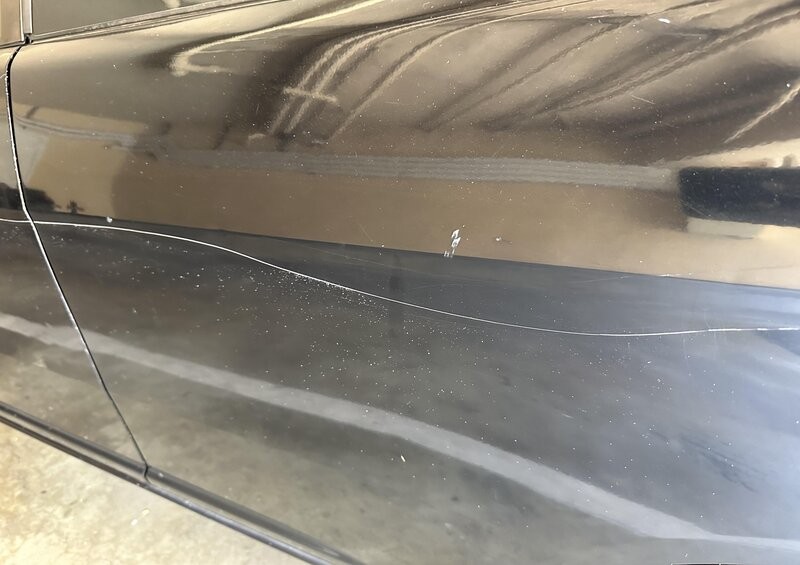What to do if your car has been keyed

Discovering that your car has been maliciously scratched, commonly referred to as being "keyed," can be a frustrating and disheartening experience. Not only does it affect your vehicle's appearance, but it can also result in unexpected repair costs and insurance considerations. This guide will help you understand the steps to take if your car has been keyed, how to assess the damage, and ways to prevent future incidents.
Understanding why cars are keyed
Vandalism such as keying often occurs out of spite, jealousy, or random acts of mischief. Parking disputes, road rage incidents, or simply being in the wrong place at the wrong time can put your car at risk. Knowing why this happens can help you take preventive measures in the future.
Immediate steps to take
1. Stay calm and assess the damage
The first step is to remain calm and inspect your car for the extent of the damage. Scratches can vary in severity, from superficial marks that only affect the clear coat to deep gouges penetrating the paint and exposing the metal underneath.
2. Document the incident
Take clear photographs of the damage from multiple angles. Include close-up shots to show the severity of the scratches and wide-angle shots to provide context, such as the car's location and surroundings. These images will be invaluable for insurance claims and police reports.
3. File a police report
While it may feel like a small matter, reporting the incident to the police is essential. Provide them with the photos and any other relevant details, such as witnesses or CCTV in the area. Although the perpetrator may not always be found, having an official police report can strengthen your insurance claim.
4. Inform your insurance provider
Contact your car insurance provider as soon as possible. Let them know about the incident, and share the police report and photographic evidence. Your insurer will guide you through the claims process, explaining what is and isn’t covered under your policy.
How insurance covers vandalism
If you have a comprehensive car insurance policy, vandalism is usually included as a standard feature. However, it’s essential to understand the specifics of your cover:
-
Policy coverage - Double-check that your insurance includes vandalism protection. If you're unsure, consult your policy documents or speak to your provider directly.
-
Excess costs - Determine the excess you’ll need to pay before the insurance kicks in. If the repair costs are lower than your excess, you might want to consider paying for the repairs yourself.
-
Impact on no-claims discount - Filing a claim for vandalism might affect your no-claims discount, leading to higher premiums when you renew. Some insurers offer protected no-claims discounts—check if yours does.
Repair options
Professional repair
Deep scratches often require professional attention. A body shop can sand, repaint, and reseal the damaged area to restore your car to its original condition. Obtain quotes from multiple repair shops to ensure you get the best price for quality work.
DIY solutions
For minor scratches, you might be able to repair the damage yourself using touch-up paint or a scratch repair kit. These kits are available online or in auto shops and include everything needed to fix superficial marks. However, DIY fixes require patience and precision to achieve a seamless finish.
Preventing future incidents
Choose your parking spots wisely
Park in well-lit, secure areas, preferably covered by CCTV. Avoid leaving your car in secluded locations or places prone to vandalism.
Install a dash cam
Modern dash cams often come with parking mode, which records activity around your car even when it’s parked. This can deter vandals and provide valuable evidence if an incident occurs.
Consider paint protection
Protective films or ceramic coatings can help safeguard your car’s paintwork from scratches, making it easier to repair any future damage.
When not to claim insurance
It’s worth considering whether filing an insurance claim is the best option, especially if the cost of repairs is close to your excess amount. While insurance can help with high repair costs, smaller claims may not be worth the potential increase in premiums. Always weigh the pros and cons before proceeding.
Time to take the next step
Dealing with a keyed car is undoubtedly stressful, but knowing the right steps to take can make the process less overwhelming. By documenting the damage, reporting the incident, and exploring your insurance and repair options, you can minimise the financial and emotional impact of vandalism.
